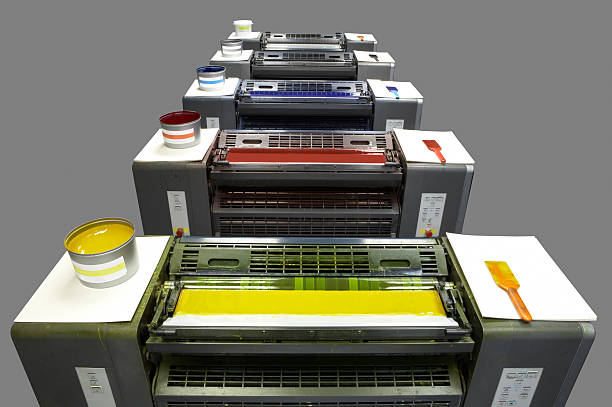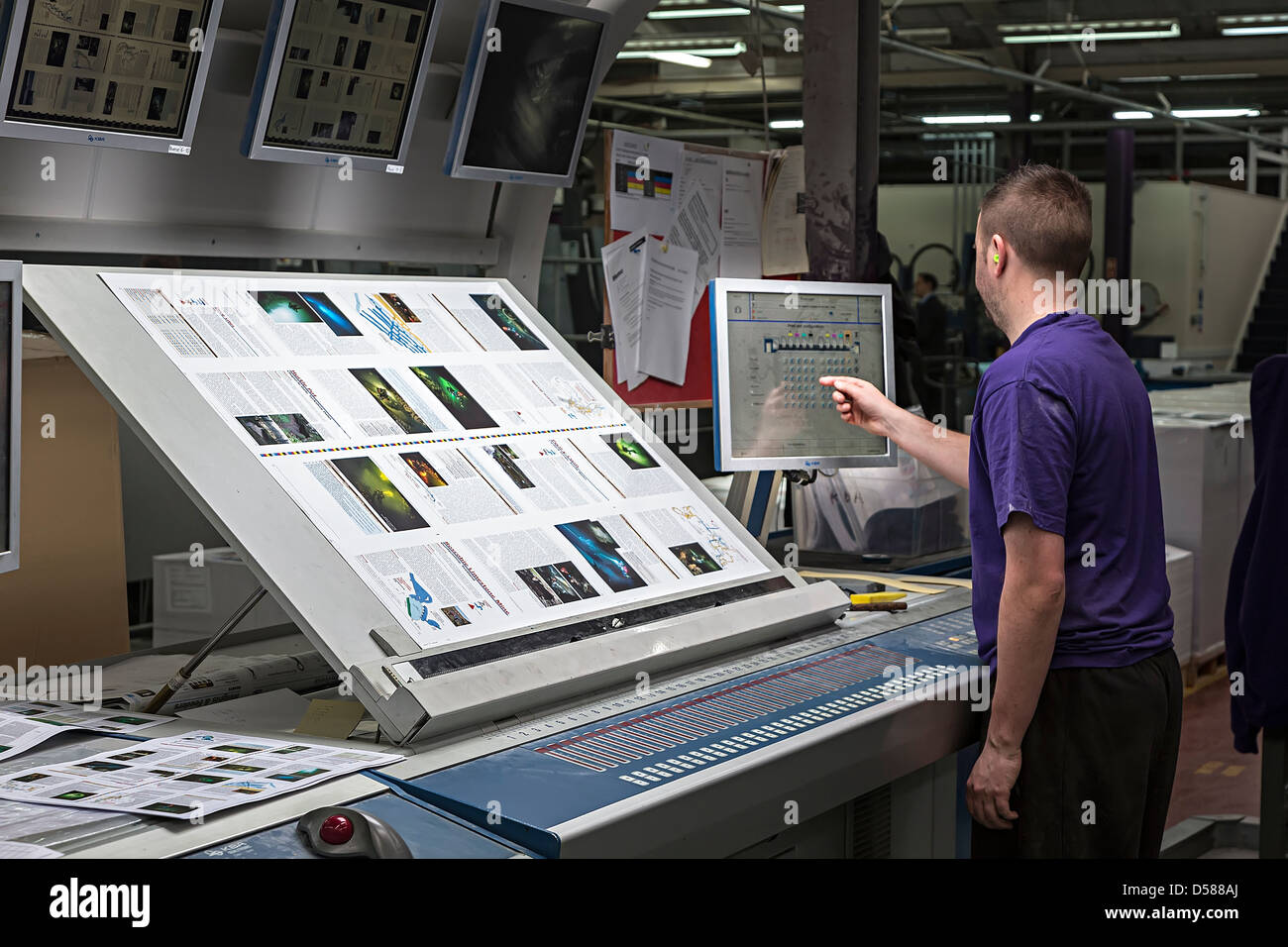A Comprehensive Overview to Recognizing Litho Printing Methods
The world of litho printing, a strategy stemming from the late 18th century, is a remarkable mix of background, art, advancement and science. This extensive overview will unwind the complexities of this printing approach, from the structure of litho inks to the obstacles faced in modern-day applications. As we venture into the ins and outs of lithography, the importance of automation and sustainability in ensuring its future importance becomes significantly clear. Stick with us as we trip into the captivating realm of litho printing.
The Historical Development of Litho Printing
The historic trajectory of litho printing, a pivotal development in the world of communication, is an exciting story of human ingenuity. Birthed in the late 18th century by Alois Senefelder, this technique was initially a cost-effective approach of releasing staged jobs. Lithography, stemmed from the Greek words for 'stone' and 'to compose', made use of a smooth rock surface area to transfer pictures onto paper. The procedure evolved with the advent of the rotary press, which significantly raised productivity (litho printing). In the 20th century, the technology of countered lithography changed the sector, enabling mass production of premium prints. Each stage of litho printing's evolution showcases humanity's unrelenting pursuit of efficiency and top quality in aesthetic interaction.
Decoding the Science Behind Litho Printing Inks
Moving on in the expedition of litho printing techniques, the emphasis now changes to the scientific research behind litho printing inks. The structure of these inks, their drying process, and color mixing methods form the foundation of this complicated art form. Recognizing these aspects is vital to mastering the craft and accomplishing the preferred print results.
Structure of Litho Inks
In lithographic printing, the fundamental function of litho inks can not be overemphasized. The make-up of litho inks varies depending upon its purpose, but typically, they include 2 main parts - lorries and pigments. Pigments, the color-providing elements, are finely ground particles put on hold in the automobile, a fluid that brings the pigment onto the printing surface. The car is a complicated mix of oils, solvents, and materials, which affect the ink's drying time, bond, and gloss. Additionally, different ingredients exist to improve particular properties like flow, drying, and resistance to ecological results. Each component plays a crucial component in the last print's high quality, making the exact formula of litho inks a detailed science.
Ink Drying Refine
From the composition of litho inks, focus turns to the fascinating process of ink drying. Two key approaches are utilized in litho printing: oxidative drying out and absorption. Absorption, on the various other hand, involves the ink permeating right into the paper fibers, which is a faster procedure however can lead to much less lively colors.
Color Mixing Techniques
While the drying out process plays a crucial duty in litho printing, the science of shade blending techniques holds equivalent relevance. The science behind litho printing inks additionally takes into account the transparency of the ink, which affects exactly how shades overlay and mix.
The Art and Layout Elements in Litho Printing
Litho printing breathes life right into art and design via its unique aspects. The procedure includes producing a photo on a lithographic limestone plate or metal plate with a smooth surface. The image is then printed onto a tool, typically paper, by transferring the ink from home plate. What sets litho printing apart is its capability to replicate detailed styles with high integrity, making the outcome nearly the same to the initial artwork. This is achieved with the usage of various line strategies such as hatching, stippling, and cross-hatching, which enable a variety of tonal effects. Litho printing suits a range of shades, making it possible for artists to develop vibrant and vibrant prints. This combination of precision and flexibility makes litho printing a recommended choice for lots of musicians and designers.
Modern Applications of Litho Printing Strategies
Litho printing strategies have actually found extensive usage in the modern business industry. Its impact and relevance continue to expand with the arrival of brand-new technologies and modern technologies in the field. This area will certainly explore these contemporary applications and the transformative duty they play in the printing market.
Business Litho Printing Makes Use Of
Litho printing continues to be an important component of the business field. High-volume printing tasks, such as the production of books, newspapers, and packaging, rely on litho printing for its capability to provide exceptional image quality and price effectiveness. Litho printing additionally offers a broad shade range, remarkable to that of electronic printing.
Developments in Litho Printing
Pressing the borders of typical strategies, modern-day improvements have fueled a host of advancements in litho printing. These breakthroughs have not just boosted the high quality and effectiveness of litho prints but likewise broadened its application scope. One popular growth is electronic litho printing, which combines the merits of digital technology with litho's high-quality result. This crossbreed version offers faster setup times, lowered waste, and allows on-demand printing. Another significant improvement is the introduction of eco-friendly inks. These inks, made from vegetable or soy-based options, have actually substantially decreased the market's environmental influence. litho printing. Additionally, the development of advanced plate modern technology has structured the printing process, resulting in sharper images and enhanced shade integrity. These developments emphasize the enduring importance of litho printing in Our site the contemporary globe.
Discovering the Process of Litho Printing: Action by Action

Difficulties and Solutions in Contemporary Litho Printing

In spite of the accuracy and tradition that litho printing happily promotes, it is not without its set of modern obstacles. Digital litho printing enables for cost-efficient brief runs and simple modification, addressing the problem of variable information. Therefore, while there are difficulties, the litho printing industry is proactively adjusting to meet them head-on, ensuring its significance in the future.
Final thought
In final thought, litho printing, with its rich background and scientific intricacies, holds a substantial location in the print industry. As the guide exposes, it's a synthesis of art and modern technology, with modern improvements guaranteeing its importance. Nonetheless, the sector deals with obstacles that require cutting-edge remedies, with a focus on automation and sustainability. The future of litho printing hinges on its ability to adjust to these altering needs, affirming its long-lasting worth in a developing market.
